National Cancer Plan Goals
The National Cancer Plan has eight goals aimed at changing how we know cancer today.
The four empowering goals (Engage Every Person, Eliminate Cancer Health Disparities, Maximize Data Utility, and Optimize the Workforce) are essential to moving forward the four health-centric goals (Deliver Optimal Care, Detect Cancers Early, Develop Effective Treatments, and Prevent Cancer). The goals are written as aspirational statements, describing an ideal future, and represent opportunities for everyone and every organization to contribute to our continued progress against cancer.
Explore the plan's goals using the links below.
-
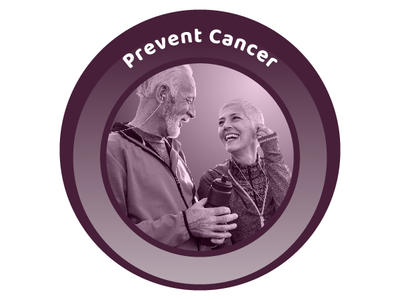
Prevent Cancer
All people and society adopt proven strategies that reduce the risk of cancer.
-
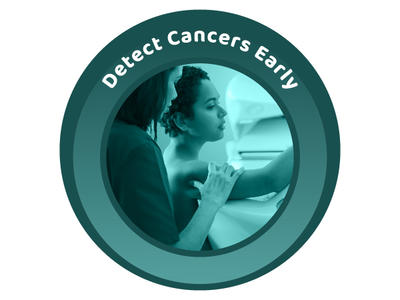
Detect Cancers Early
Cancers are detected and treated at early stages, enabling more effective treatment and reducing morbidity and mortality.
-
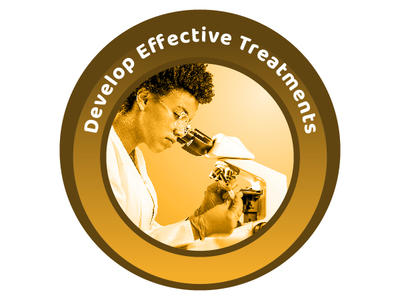
Develop Effective Treatments
Effective treatment, with minimal side effects, is accessible to all people with all cancers, including those with rare cancers, metastatic cancers, and treatment-resistant disease.
-
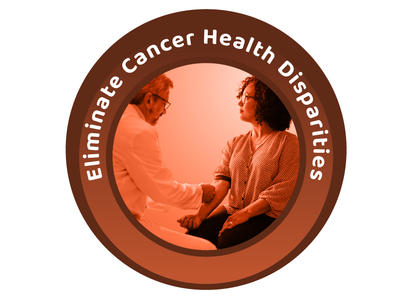
Eliminate Cancer Health Disparities
Disparities in cancer risk factors, incidence, treatment side effects, and mortality are eliminated through better access to prevention, screening, treatment, and survivorship care for all.
-
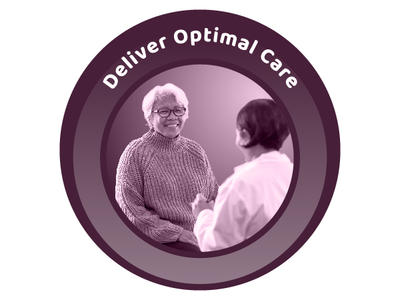
Deliver Optimal Care
The health care system delivers to all people evidence-based, patient-centered care that prioritizes prevention, reduces cancer morbidity and mortality, and improves the lives of cancer survivors, including people living with cancer.
-

Engage Every Person
Every person with cancer or at risk for cancer has an opportunity to participate in research or otherwise contribute to the collective knowledge base, and barriers to their participation are eliminated.
-

Maximize Data Utility
Secure sharing of privacy-protected health data is standard practice throughout research, and researchers share and use available data to achieve rapid progress against cancer.
-

Optimize the Workforce
The cancer care and research workforce is diverse, reflects the communities served, and meets the needs of all people with cancer and those at risk for cancer, ensuring they live longer and healthier lives.